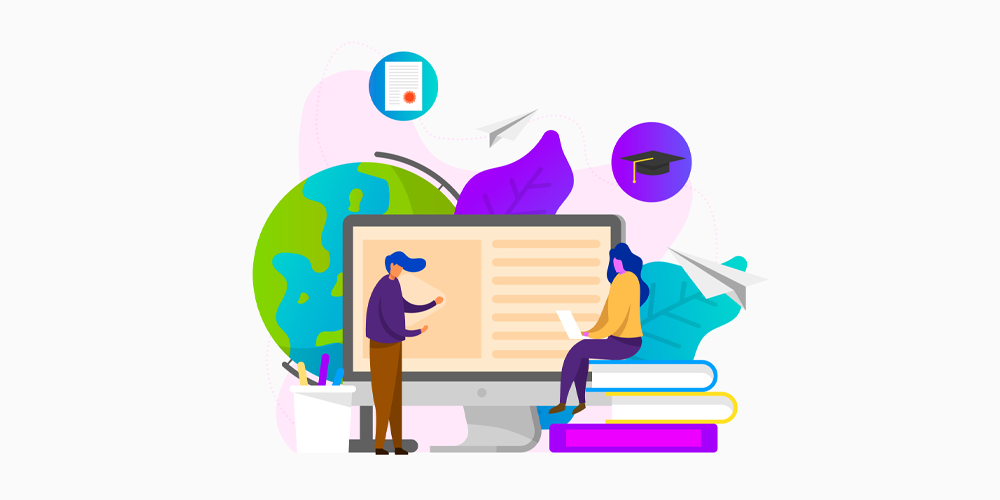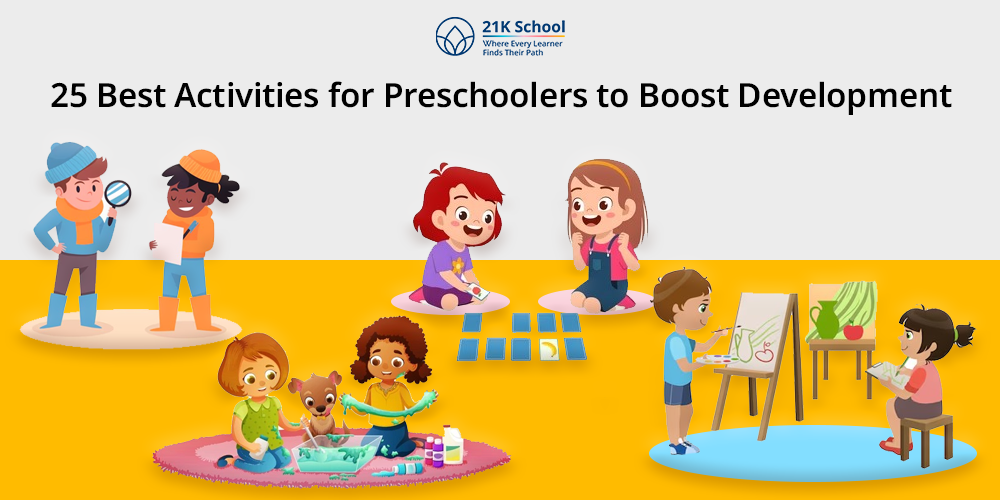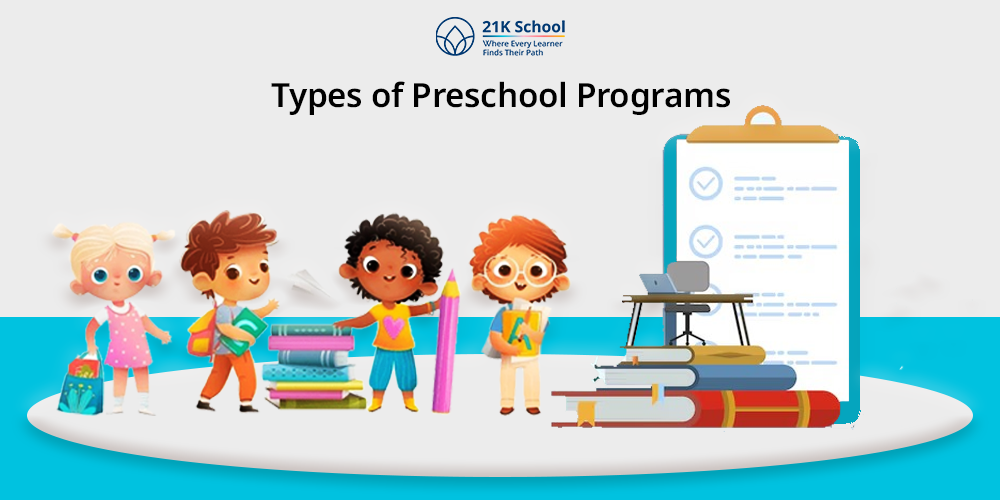
Education across the world has significantly changed due to virtual learning. Due to modern technology and the web, learners have access to excellent academics no matter where they may be.
Growth in online learning continues to shift learning experiences for students, college students and individuals taking any courses.
The article addresses the concept of virtual education, its evolution and the positive changes it’s brought to both learners and educators.
Table of Contents
What is Virtual Learning?
Virtual learning refers to any education provided with the help of technological resources. There are sessions held in real time as well as classes you can access whenever it’s convenient for you.
Virtually all online courses cover educational materials using video conferencing programs, learning management systems, discussion boards and digital resources.
They may attend all of their classes online or take some courses in the classroom and others remotely.
Evolution of Virtual Learning
Over the last two hundred years, virtual learning has greatly impacted how we learn. Its start dates back to the 19th century using postal mail, with materials sent back and forth for the students.
It gave students living in faraway places the opportunity to learn from home.
1. Early 1960s-1980s
Educational radio and television which existed from the mid-20th century, reshaped distance learning.
Change really began in the 1960s when computer programs like PLATO made learning interactively possible.
2. Arrival of Internet and Digital Learning
During the 1990s and early 2000s, the internet became more and more important in education.
Because of the pandemic, online courses became normal and universities began using virtual platforms and Learning Management Systems.
Applications like Blackboard and Moodle were to give students access to their online materials.
3. Revolutionary Technologies (2010s)
MOOCs from Coursera and edX helped millions globally gain access to education at little or no cost in the 2010s.
Instillation of gamification and interactive learning was done during this period, which helped thousands of students.
This improved the sense of motivation and inclusivity in them.
4. Bringing Immersive Technologies (Till Present)
Throughout 2020, schools and universities were forced to make a quick switch to online education because of COVID-19.
During the lockdowns, educators depended on tools like Zoom and Google Classroom to keep learning going.
Currently, AI, gamification and virtual reality are incorporated in online learning to offer both engagement and customized experiences. Learning from our phones makes it possible to access education any and everywhere.
As long as many people lack internet access and connect with others less often, virtual learning keeps changing. Unlike traditional education, it gives students freedom, is widely available and pioneers new teaching methods.
Experts believe that with advancing technology, virtual learning will play a bigger part in the future of teaching.
Read more on leveraging technology for interactive online teaching.
Positive Impacts of Virtual Learning
Virtual learning has been the talk of the hour in the present scenario of advancements in education systems.
Students are found to be greatly satisfied with the outcomes of online education along with getting personalized options.
Some positive impacts of virtual learning are to be mentioned below:
1. Increased Accessibility and Flexibility
Virtual learning makes education possible for people no matter where they live.
Remote and less represented students are offered the same high-quality resources to study they would otherwise receive by traveling.
Both disabled and healthy learners profit from environments that can easily support individual differences.
Besides, they can sit in on lectures remotely, select suitable learning hours, and access the taped classes as required.
- Example: Now, a student in a rural community in India can get coding instruction from an American university without having to travel.
2. Customized Learning Experiences
Virtual learning is valuable because it allows each person to choose their own learning path. Adaptive technologies and data allow teachers to see how students are doing and customize instruction accordingly.
Customizing learning like this is hard to do in a traditional classroom.
- Example: Such as Khan Academy, some learning platforms change how hard the math questions are according to the students’ performance.
3. Development of Digital Literacy
In virtual learning, technology is an essential tool, which enhances students’ ability to attain digital literacy. Young people learn how to use digital tools, manage online communication, work with cloud storage, and take care of data.
These are all important in today’s workplace.
- Example: In their studies, students learn to create presentations, use tools for productivity, and take part in video calls with their classmates.
4. Cost Efficiency
Attending online classes may be more budget-friendly for teachers and students. Schools and universities do not have to spend as much on classrooms and utilities, and students save on commutes, housing, and books.
A number of online learning courses make it possible for students to either pay when they can or study at no cost.
- Example: Anyone around the globe can take courses from respected universities through MOOCs such as edX and Coursera at low cost or for free.
5. Use of Global Values and Expertise
With virtual platforms, students have access to teachers and experts from all over the world. Learning sessions with participants from around the world add more and varied ways of thinking to everyone involved.
- Example: It is possible for a student in Nigeria to learn in a live webinar by MIT’s professors. Or even join a group project with students from Japan and Brazil.
6. Enhanced Engagement Through Multimedia
Taking courses online allows for the use of videos, animations, simulations, and interactive quizzes. They keep students more focused and support learning in various ways (visual, auditory, kinesthetic).
- Example: A student in a biology class could use 3D figures of the body or explore virtual laboratories to run simulated experiments.
7. Global Collaboration
Learning online allows students from all across the world to join together and collaborate.
Participating in group work, reviewing their peers, and attending international online discussions help students build skills needed for today’s success.
- Example: Representatives from different countries in a virtual Model United Nations come together to discuss worldwide issues collaboratively.
Negative Impacts of Virtual Learning
Even though virtual learning has a lot of benefits, it can still lead to certain issues that can spoil the educational experience.
This is especially true for students who do not have the needed resources, strong support groups, or self-control.
1. Lack of Face-to-Face Interaction
Many people point out that missing out on face-to-face interactions is a big issue while learning virtually.
An advantage of working in a traditional classroom is that students can chat freely, use expressions, and bond with their classmates.
Being disconnected often happens with virtual learning, making it hard for students to feel like they are a part of the group.
2. Technical Issues
Some students or teachers are unable to use a reliable internet connection or use current devices for schoolwork.
Lagging in videos, internet disconnections during evaluations, and software issues can cause difficulties in studying and make students frustrated.
3. Increased Social Isolation
Long hours spent on the internet used for studying. This may cause younger learners to feel isolated and lonely since they miss their usual group interactions.
A lack of recess, breaks for food, or casual talking with other mates may harm a student’s mental health and motivation.
4. Need for Self-Discipline
Some students miss classes because virtual learning needs strong self-discipline, and this is not always present in them.
In absence of a teacher or peers, students might start to postpone tasks, escape assignments, or become disinterested in school.
Find what is discipline in education? Learn how it shapes student success.
Challenges of Virtual Learning
In addition to the negative side effects, virtual learning encounters difficulty at the systemic and logistical levels, which makes it less effective.
1. Digital Divide
Differences in having access to digital technology and reliable internet prevent some students from learning equally. Due to poverty or where they live, several students in low-income areas are not able to go to school.
Thus, resulting in unequal education due to the digital divide.
- Solution from 21k school: 21K school believes in inclusivity. Thus, it provides its students with flexible, accessible, and affordable K-12 online learning. So that students can learn from anywhere and whenever.
2. Lack of Social Interaction
Even when people can carry out virtual lessons, students are less able to cooperate and interact live with classmates. This leads to more social isolation than in face-to-face settings.
Group projects, on-the-spot discussions in class, and peer comforting activities are much less common.
- Solution from 21K school: Social interaction being a crucial factor in learning, is taken care of with 21K school’s interactive sessions. Here, students are provided with fun learning sessions to feel connected with other mates.
3. Decreased Student Engagement
Being on screens for long periods can grow boring and draining to the mind. Since students are not together in one place, teachers often find it difficult to tell if students are listening.
Students often prefer to do something else besides the class, which can lead to more distractions.
- Solution from 21K school: To navigate through the challenge of lack of student engagement, 21K school leverages interactive tools in their classrooms. Teachers opt for diverse learning strategies to make their students engage in studies in a fun way.
4. Lack of Assessments and Integrity in Education
There are serious concerns about making sure academic honesty is upheld online. A lack of proper invigilation in online exams makes it simple for students to cheat or work with others in an unauthorized way.
Not only does this create unfair grades, but it also has a negative effect on the learning process.
- Solution from 21K school: While instilling honesty with other values in their kids, 21K school uses Assessprep as their reliable assessment tool. It is a high-tech platform that guarantees a usable and secure environment for taking tests online.
5. Teacher Preparedness and Workload
Many teachers did not have enough experience in online teaching before the change. New tools, making digital materials, and managing technical matters added a lot of extra work for teachers.
Some teachers also find it difficult to change their teaching style for online classes.
Go through these 5 resources for professional development of teachers and enhance your teaching journey.
- Solution from 21k school: The educators working 21K school are well-equipped to harness the best outcomes of teaching online. Having years of experience in teaching and advanced preparedness helps them to utilize digital tools for learning and assessments.
Future of Virtual Learning
Even though there are problems that need to be overcome. The use of technology by schools could lead to a positive outlook for online learning. Here’s what we can expect:
- Hybrid Models: Gathering both traditional teaching methods and advanced technology. With this students can both connect with their peers and stay in the loop with the latest gadgets. Here are some steps to a successful hybrid learning experience.
- AI & Personalization: Schools using AI will provide personalized instruction and advice tailored to the needs of each student.
- Virtual and Augmented Reality: Many areas of science, history, and engineering can be greatly improved by implementing immersive technologies in education.
- Global Classrooms: Participants will find it simpler to work together with people from across the world.
- Inclusive Education: Virtual learning can be used to bring education to students with special needs or those living in secluded places. Get more insights on inclusive education.
The best way to enhance education is to combine traditional teaching with the best applications of technology.
Ending Comments
Virtual learning offers innovation and flexibility by making education more personal and available to people everywhere. On the other hand, EdTech introduces problems we need to focus on.
Such as technological challenges, concerns regarding academic integrity, rising levels of stress and questions regarding the justice in education.
Leaders should focus on finding ways to combine the benefits of both in-person and online learning in education systems post-pandemic.
Virtual learning is here for the long run and will contribute to creating innovative approaches to education.



